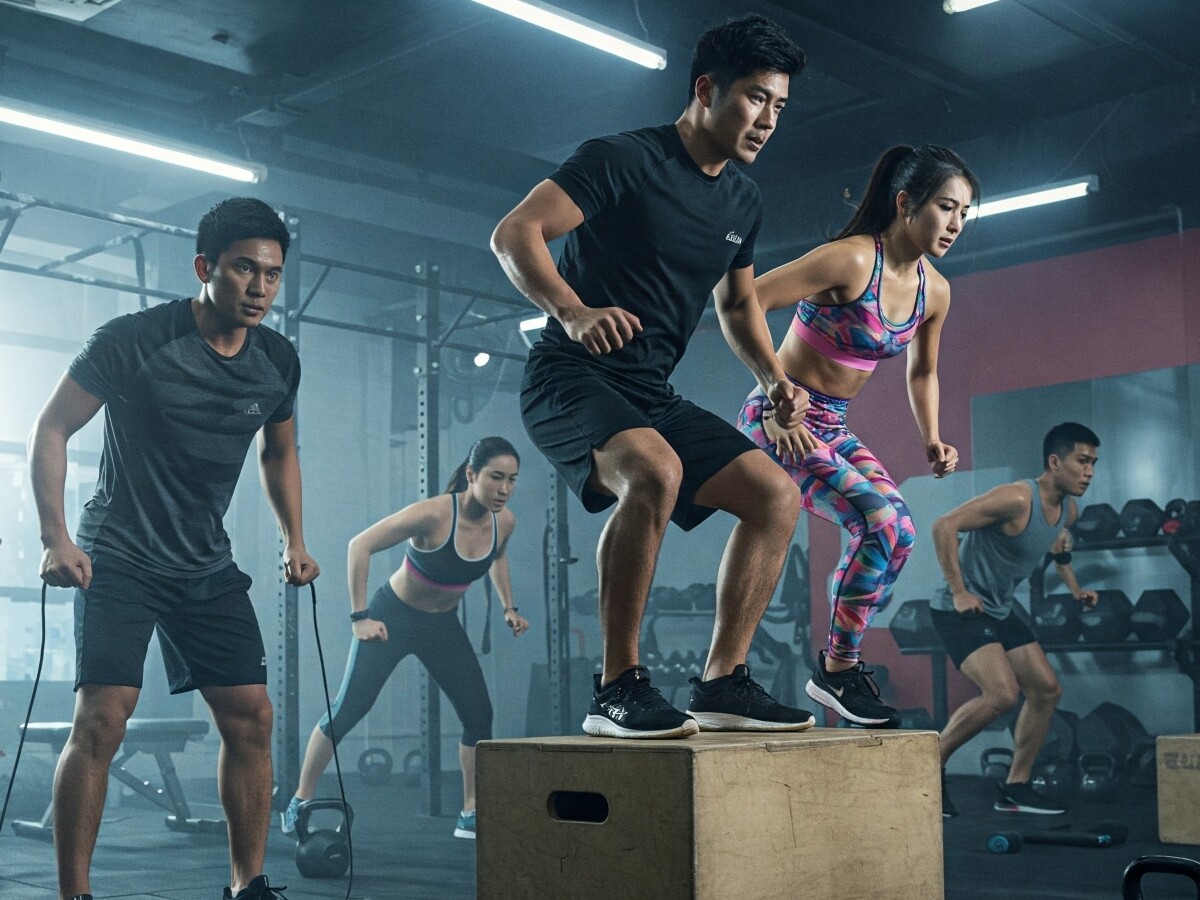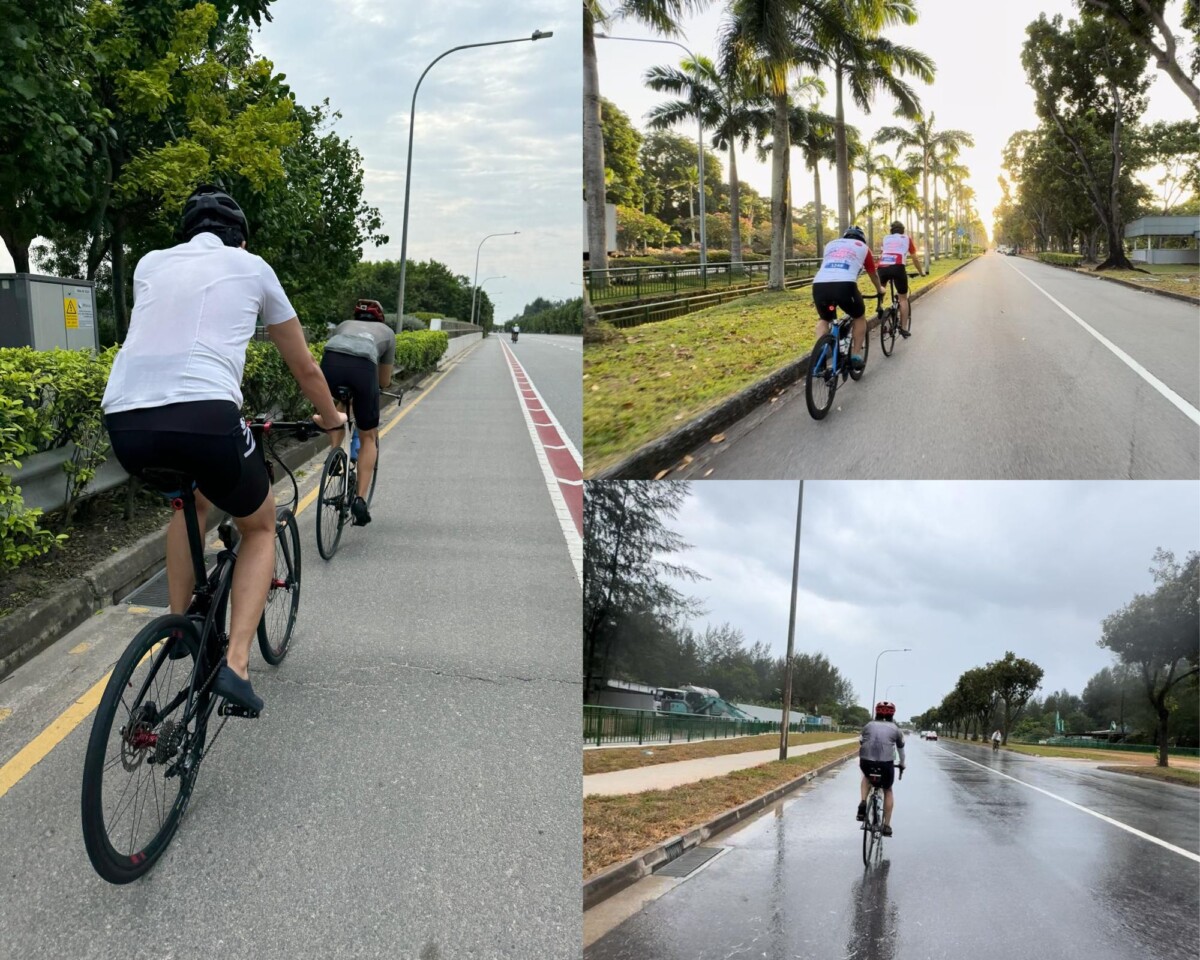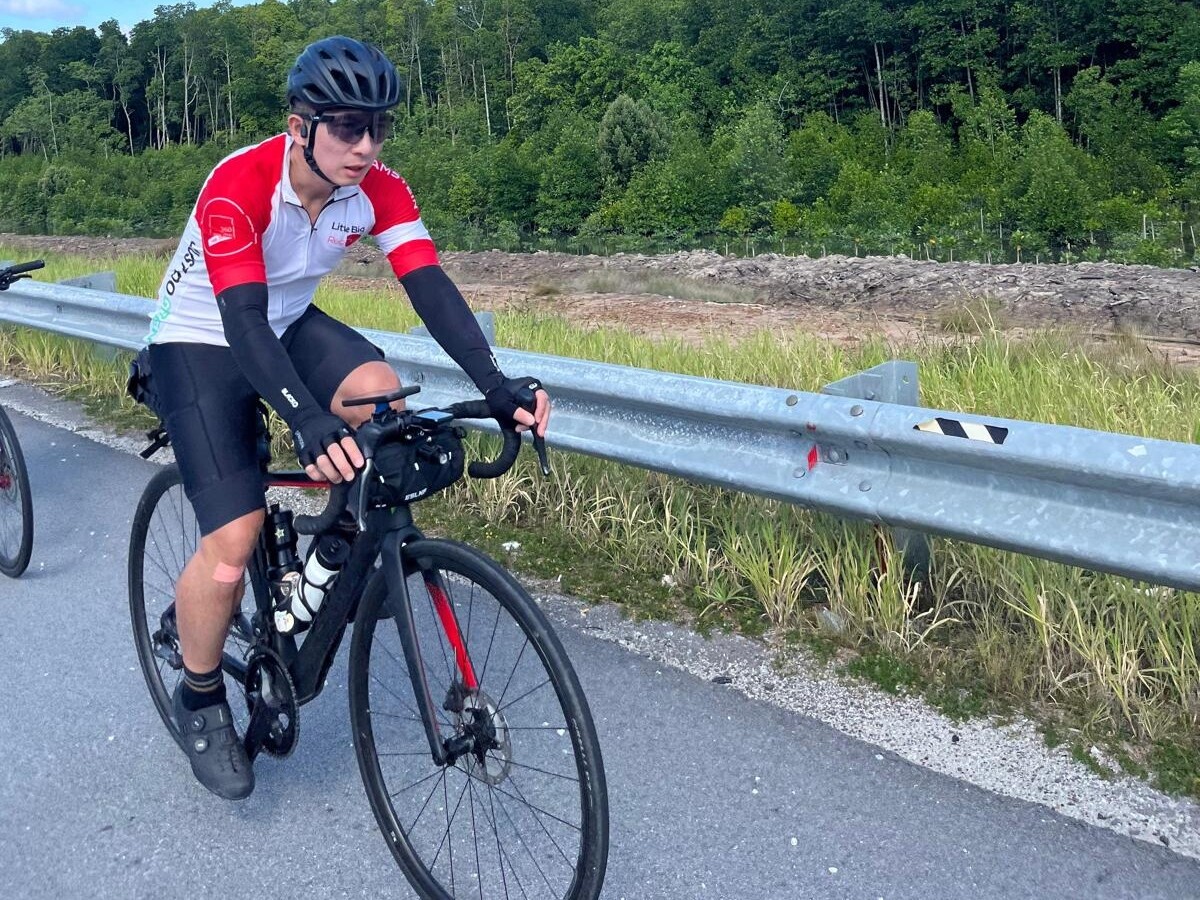Hello, fellow riders! Cycling around Singapore offers a unique sense of freedom, wouldn’t you agree? Whether you enjoy leisurely rides along East Coast Park, tackle challenging slopes near Mount Faber, or navigate the extensive Park Connector Network, cycling presents a fantastic way to explore our island. Like many enthusiasts, I often want to push just a little harder, ride a bit faster, and feel stronger on the bike. Through my cycling experiences here, I’ve discovered effective strategies that genuinely help improve performance without needing a pro’s training schedule. Improving certainly takes commitment, but focusing on specific areas yields noticeable results relatively quickly. Let me share some practical tips valuable for leveling up your cycling game.
Turbocharge Your Fitness with Smart Training
Simply adding more kilometres helps, but training smarter often accelerates fitness gains. One particularly effective method I incorporate is High-Intensity Interval Training (HIIT).
Understanding HIIT’s Impact on Cycling
This approach has gained popularity for good reason; it delivers significant fitness benefits efficiently. The concept involves alternating short bursts of high-intensity effort with periods of easy recovery. This workout effectively challenges your cardiovascular system and muscles, prompting rapid adaptations. Consequently, HIIT improves your body’s oxygen uptake efficiency (VO2 max). It also enhances your ability to sustain power during brief, intense efforts, like climbing hills or accelerating quickly. This makes a real difference on varied terrain.
Putting HIIT into Practice
Implementing a HIIT session is quite straightforward. First, complete a solid 10-15 minute warm-up spin. Then, identify a suitable location – perhaps a long, flat stretch like Changi Coast Road- or use an indoor trainer for consistency. Pedal at a near-maximal, yet controlled, effort for approximately 45 to 60 seconds. You should maintain focus on a strong, consistent output during this interval. Immediately afterwards, shift to a very easy gear and spin gently for 1.5 to 2 minutes, allowing for full recovery. This intense effort followed by recovery, constitutes one cycle.
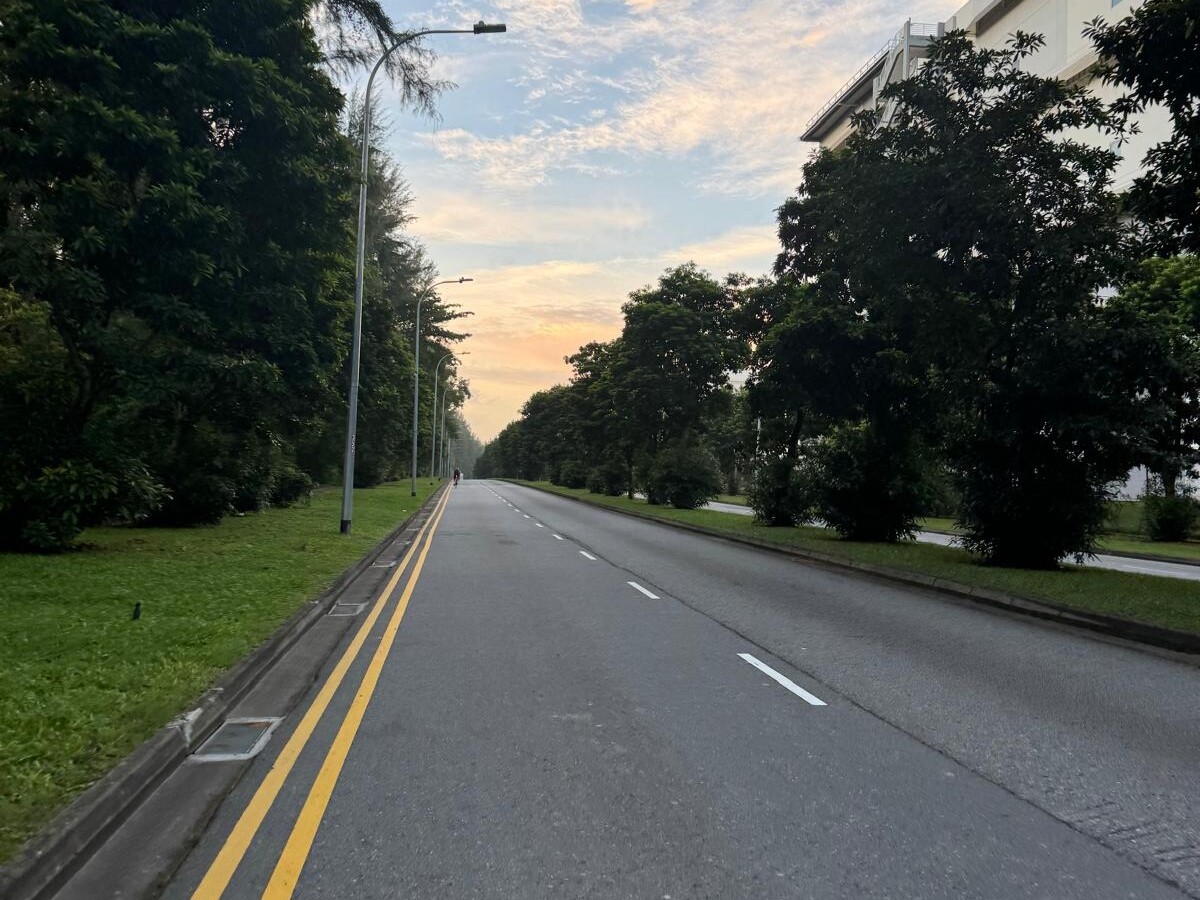
Frequency and Variations
Repeat the hard/easy cycle 6 to 10 times per session for optimal results. Remember to conclude with a 10-15 minute cool-down of easy spinning; this aids muscle recovery. Hill repeats provide an excellent outdoor alternative: push hard uphill and use the downhill segment for recovery. Given HIIT’s demanding nature, limit these sessions to once or twice per week. Ensure you schedule adequate rest days or very light recovery rides in between. This facilitates muscle repair and prevents overtraining, allowing your body to adapt and get stronger.
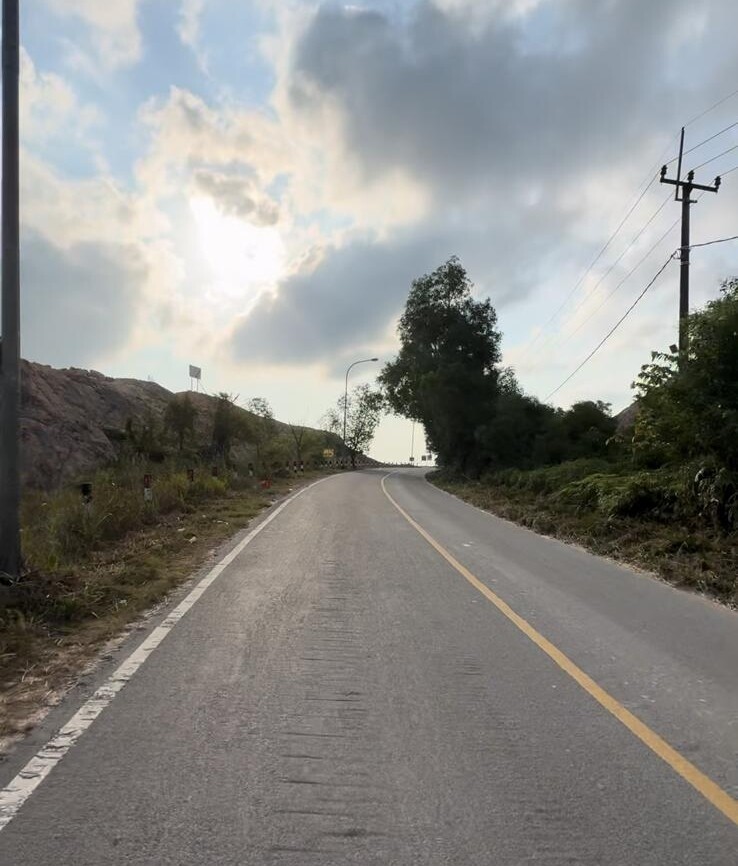
Consistency and Cadence: The Rhythm of Improvement
While high-intensity workouts provide a significant boost, consistent riding builds the necessary foundation for their effectiveness. Regularity is arguably the most crucial factor in building sustainable cycling fitness.
The Power of Regular Cycling
Frequent rides act as a consistent signal for your body to adapt to cycling’s physical demands. Target at least three to four rides per week to establish a strong routine. Remember, not every ride needs to be an epic multi-hour adventure. Even focused sessions of 30-45 minutes contribute significantly. They help maintain your aerobic base, refine your pedaling technique, and reinforce the cycling habit. Over time, this consistency makes longer and more challenging rides feel more achievable and enjoyable.
Finding Your Optimal Cadence
Focusing on pedaling technique, specifically cadence, can unlock greater efficiency. Cadence refers to the rate at which you spin the pedals, measured in revolutions per minute (RPM). Finding an optimal cadence involves balancing the force you apply with pedaling speed. Most cyclists find a cadence between 80-95 RPM on flat or gently rolling terrain to be the most efficient range. Pedaling within this range utilises your cardiovascular system more effectively. This delays muscle fatigue compared to pushing heavy gears at a low RPM (often below 70).
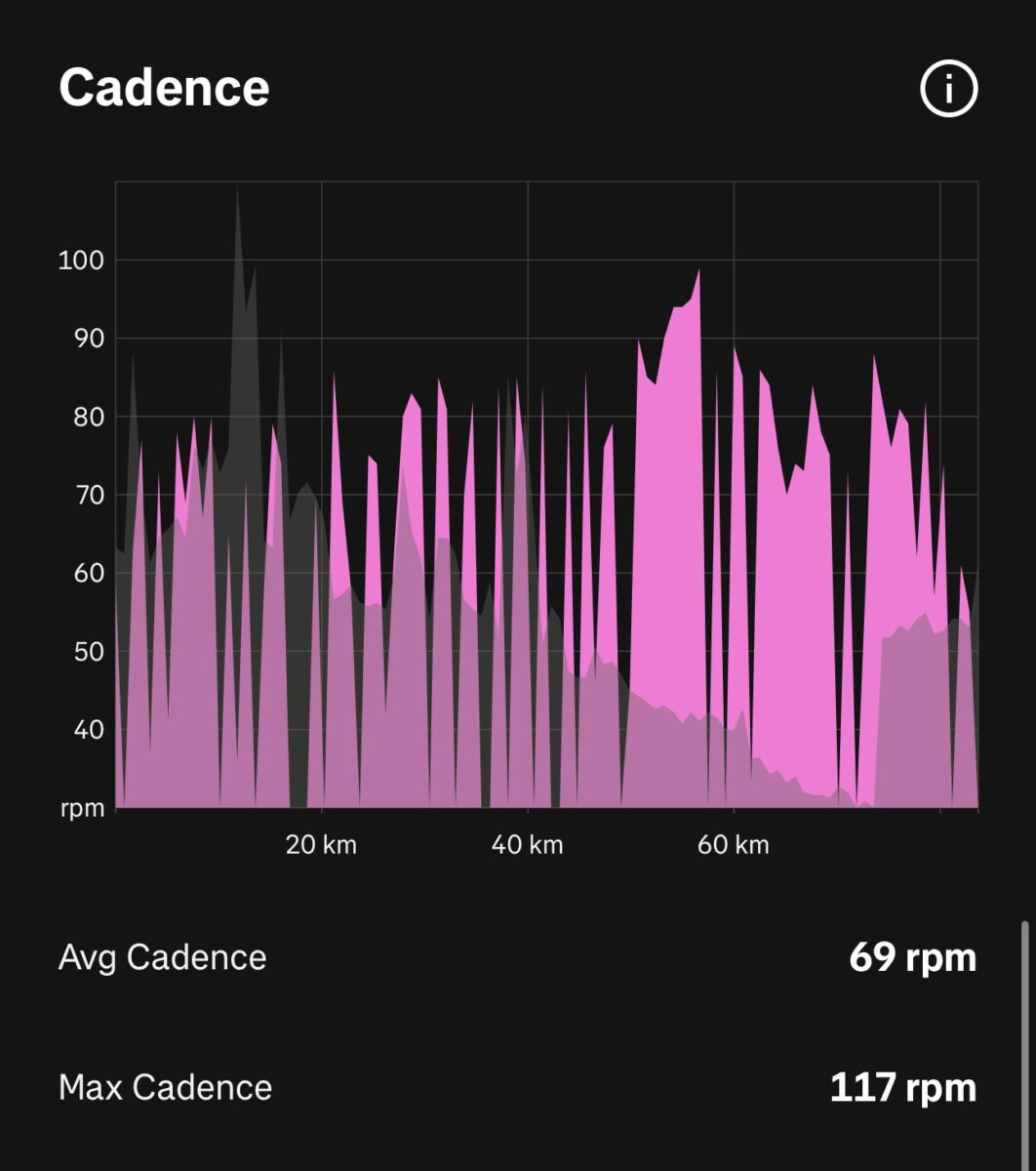
Refining Your Pedal Stroke
Grinding heavy gears places considerable strain on muscles and joints, particularly the knees. Make a conscious effort to select slightly easier gears than you might normally choose. Concentrate on maintaining that higher spinning rate, and focus on smooth, fluid pedal strokes. This might feel less intuitive initially, but it significantly improves endurance and efficiency in the long run. Practice helps make this smoother pedaling style feel natural over time.
Your Bike Matters: Fit and Functionality
Your bicycle is your partner on the road. Ensuring it’s properly set up and maintained is crucial for both performance and enjoyment. An improperly fitted bike feels uncomfortable and operates inefficiently.
Why Bike Fit is Crucial
A poor fit can lead to aches, pains, and even chronic injuries. Many riders experience numb hands, shoulder strain, or lower back pain, often traceable back to incorrect bike geometry. The most fundamental aspect involves checking your saddle height. A widely accepted guideline suggests a slight knee bend (approximately 25-35 degrees) when the pedal is at its lowest point. Incorrect saddle height can cause hip instability, hamstring strain, or knee problems. Equally important are the reach and height of the handlebars, which affect your posture and weight distribution.
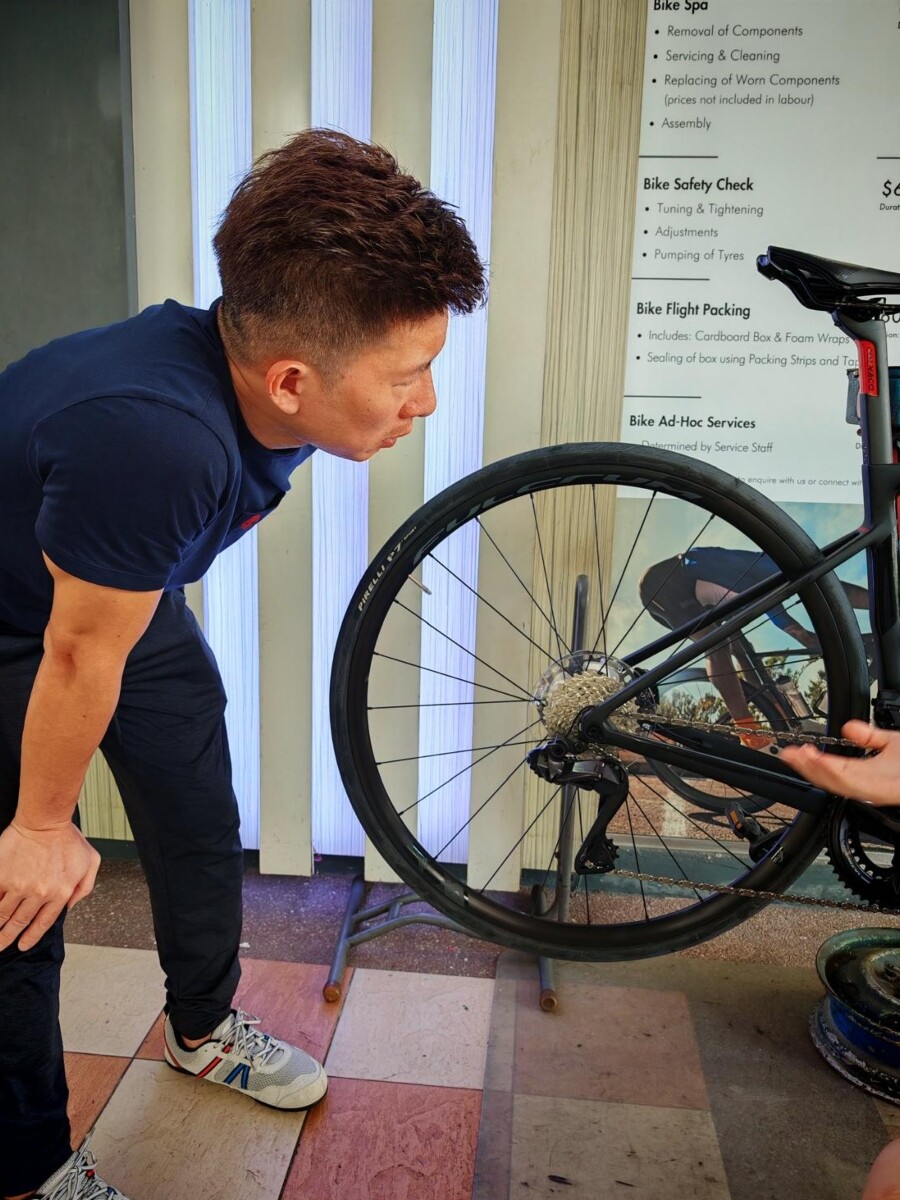
The Value of a Professional Fit
While online guides offer basic fitting advice, I highly recommend investing in a professional bike fit for regular cyclists. Experienced fitters at local bike shops possess the knowledge and tools to adjust your position. They fine-tune saddle position (height, fore/aft, and tilt), handlebar setup, and cleat alignment (for clipless pedals) to match your biomechanics. This optimisation enhances comfort, improves power transfer, and significantly reduces your injury risk, making rides more pleasant and productive.
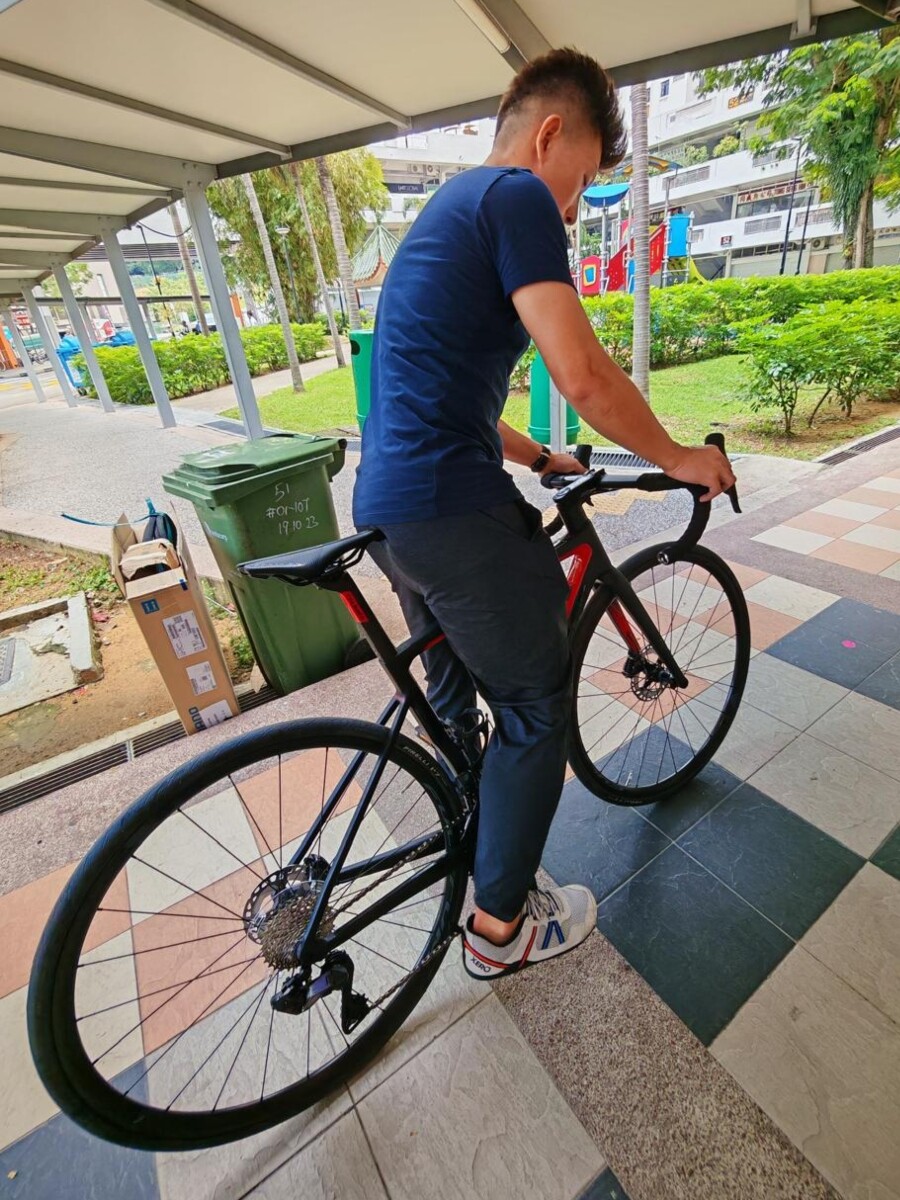
Essential Maintenance Checks
Beyond fit, routine maintenance ensures your bike operates efficiently and safely. Regularly check your tire pressure, as under-inflated tires increase rolling resistance, demanding more effort. Inflate tires to the pressure range indicated on the sidewall before each ride. Furthermore, maintain a clean and lubricated chain. This practice ensures smooth gear shifting and efficient power transmission while also prolonging component life. A quick visual inspection and lubrication make a tangible difference. Lastly, always perform a quick safety check of your brakes before setting off.
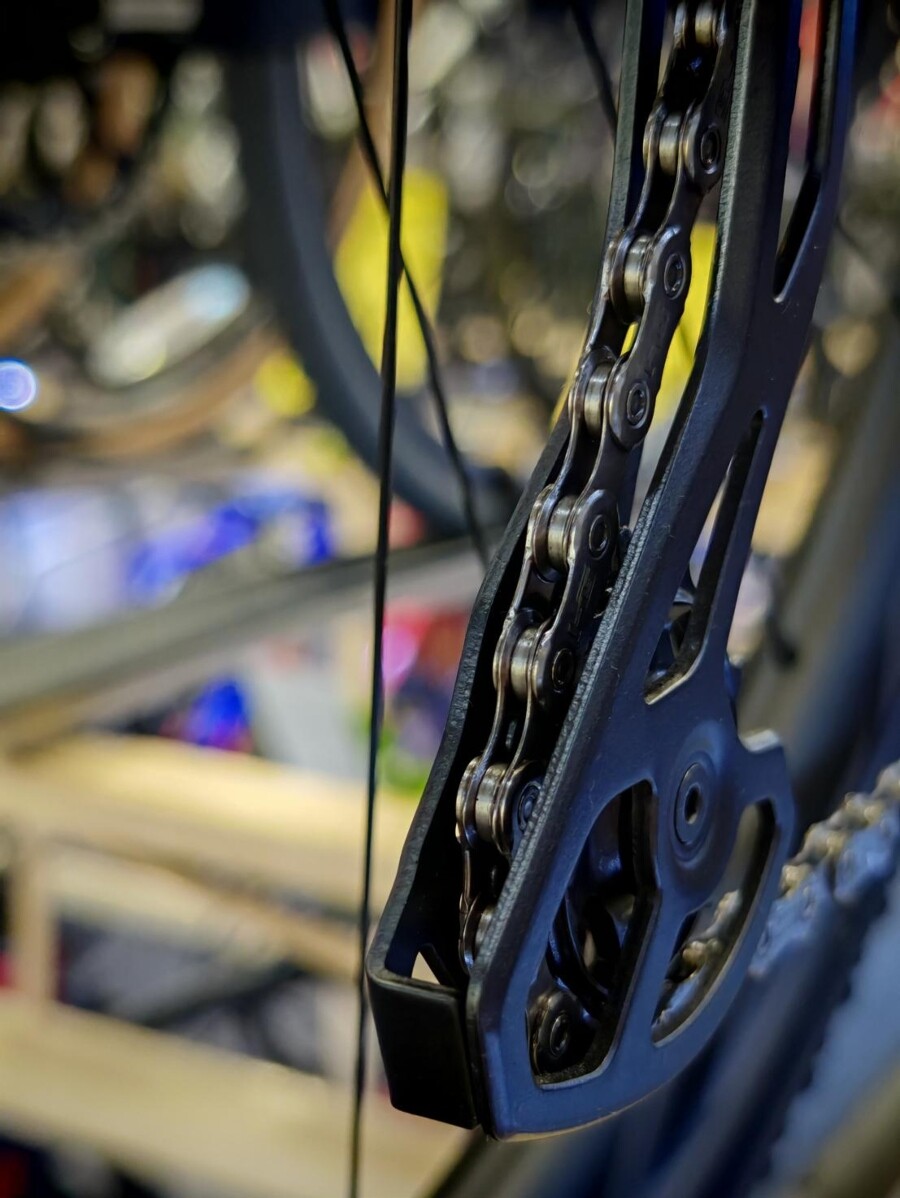
Fueling Your Rides and Recovering Right
Effective training and a well-maintained bike require proper rider care. Nutrition, hydration, and recovery are especially pertinent in Singapore’s climate.
Pre-Ride Nutrition Strategy
Proper fueling starts before the ride. Consume an easily digestible carbohydrate-rich snack or small meal about 1-2 hours prior to cycling. This timing is especially important for rides exceeding an hour, as it ensures adequate glycogen stores for energy. Options like oatmeal, bananas, toast, or sports bars work well for many people. Generally, avoid heavy, fatty, or high-fiber foods immediately before riding to prevent digestive discomfort during your exercise.
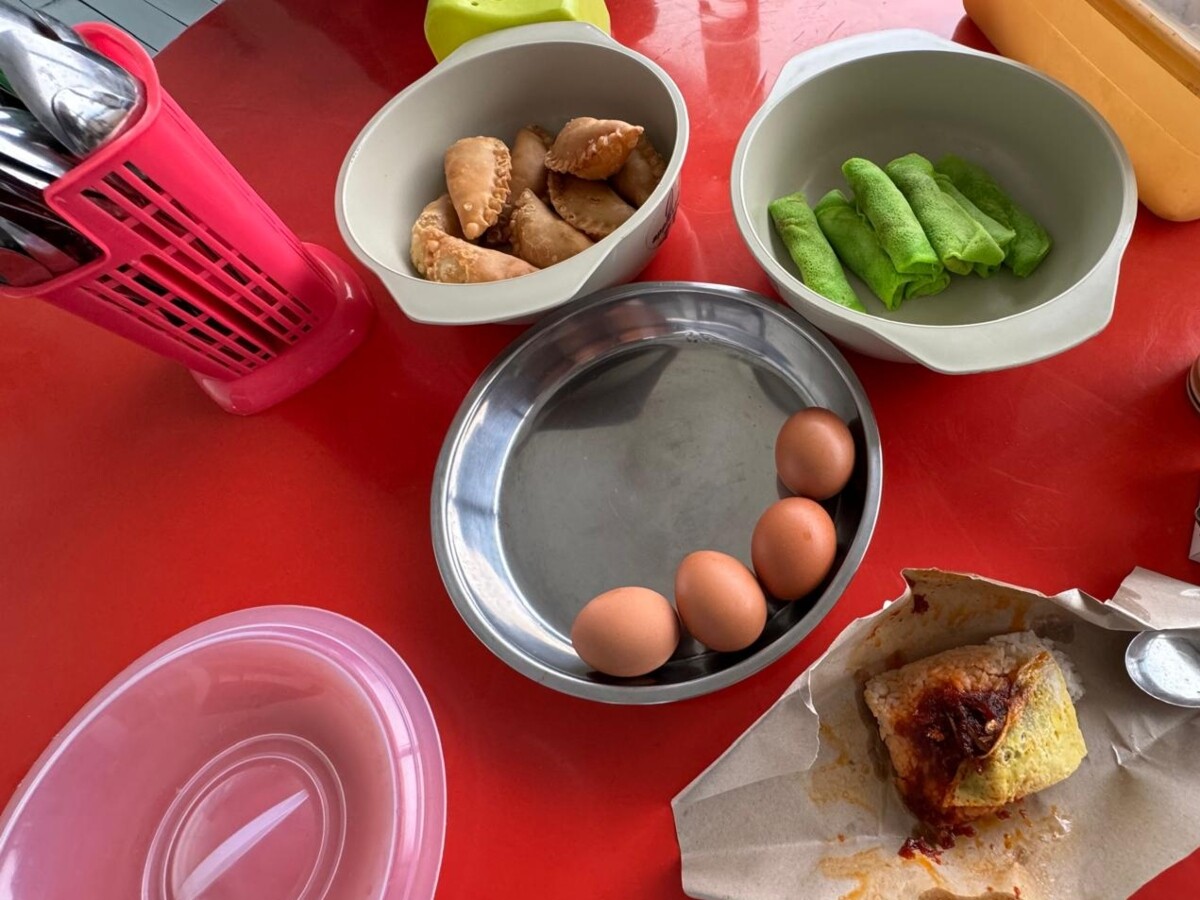
Fueling During Your Ride
During longer rides (typically over 60-90 minutes), you need to replenish energy stores. Aim to consume 30-60 grams of carbohydrates per hour to maintain performance levels. You can achieve this through sports drinks, energy gels, chews, or suitable real foods like bananas or dates if they agree with your system. Experiment during training rides to find what works best for your digestion and energy needs. Consistent fueling prevents the dreaded “bonk” where energy levels plummet.
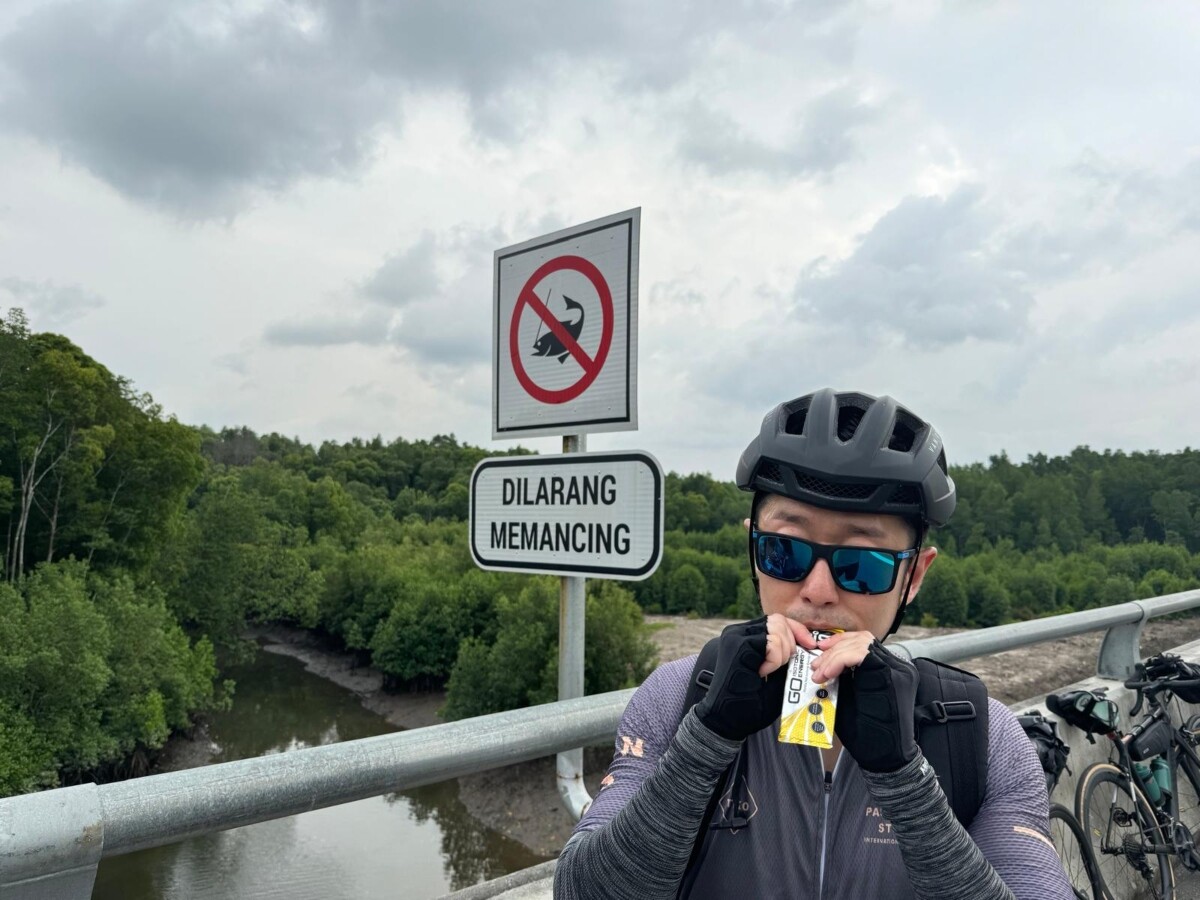
Hydration in Singapore’s Heat
Hydration is equally critical. Dehydration significantly impairs performance and poses health risks in warm, humid conditions like ours. Sip fluids regularly throughout the ride, even before you feel thirsty, as thirst indicates you’re already becoming dehydrated. Due to high sweat rates here, you lose significant amounts of electrolytes, particularly sodium. For longer or more intense sessions, consider using an electrolyte supplement in your water. This helps maintain electrolyte balance and can prevent muscle cramping.
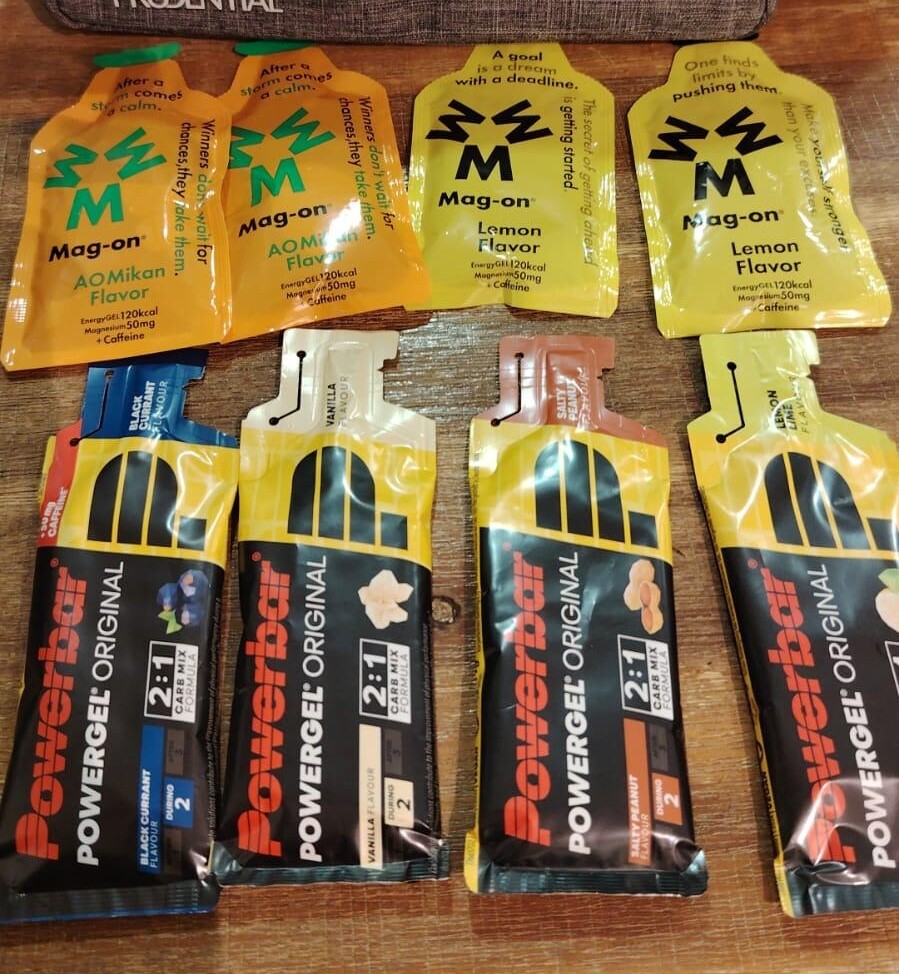
The Importance of Recovery
Finally, understand that fitness adaptations occur during rest and recovery periods, not just during the workout itself. Consistently pushing hard without sufficient recovery leads to fatigue, performance plateaus, and increased susceptibility to injury or illness. Learn to listen to your body’s signals. Persistent fatigue, an elevated resting heart rate, or decreased motivation often indicate a need for more rest. Incorporate planned rest days into your weekly schedule. You might also consider active recovery sessions, which involve very short, low-intensity spins.
Prioritising Sleep for Gains
Furthermore, prioritise adequate sleep, generally aiming for 7-9 hours per night. Quality sleep is fundamental for muscle repair, hormone regulation, and overall physiological recovery. Establishing a consistent sleep schedule can significantly enhance your body’s ability to recover from training and adapt, ultimately leading to better performance on the bike. Don’t underestimate the power of a good night’s rest!

Ready to Roll Faster?
These strategies – incorporating smart training like HIIT, maintaining consistency, refining cadence, ensuring proper bike fit and maintenance, fueling appropriately, and prioritising recovery – represent practical steps I’ve found genuinely beneficial for improving my cycling here in Singapore. While they can accelerate progress, remember that sustainable improvement takes time and patience. Always prioritise safety when sharing the roads and paths, be mindful of your body’s signals, and gradually increase training load to allow for adaptation. Ultimately, the goal is to enhance your enjoyment and capabilities as you continue exploring our vibrant city on two wheels.
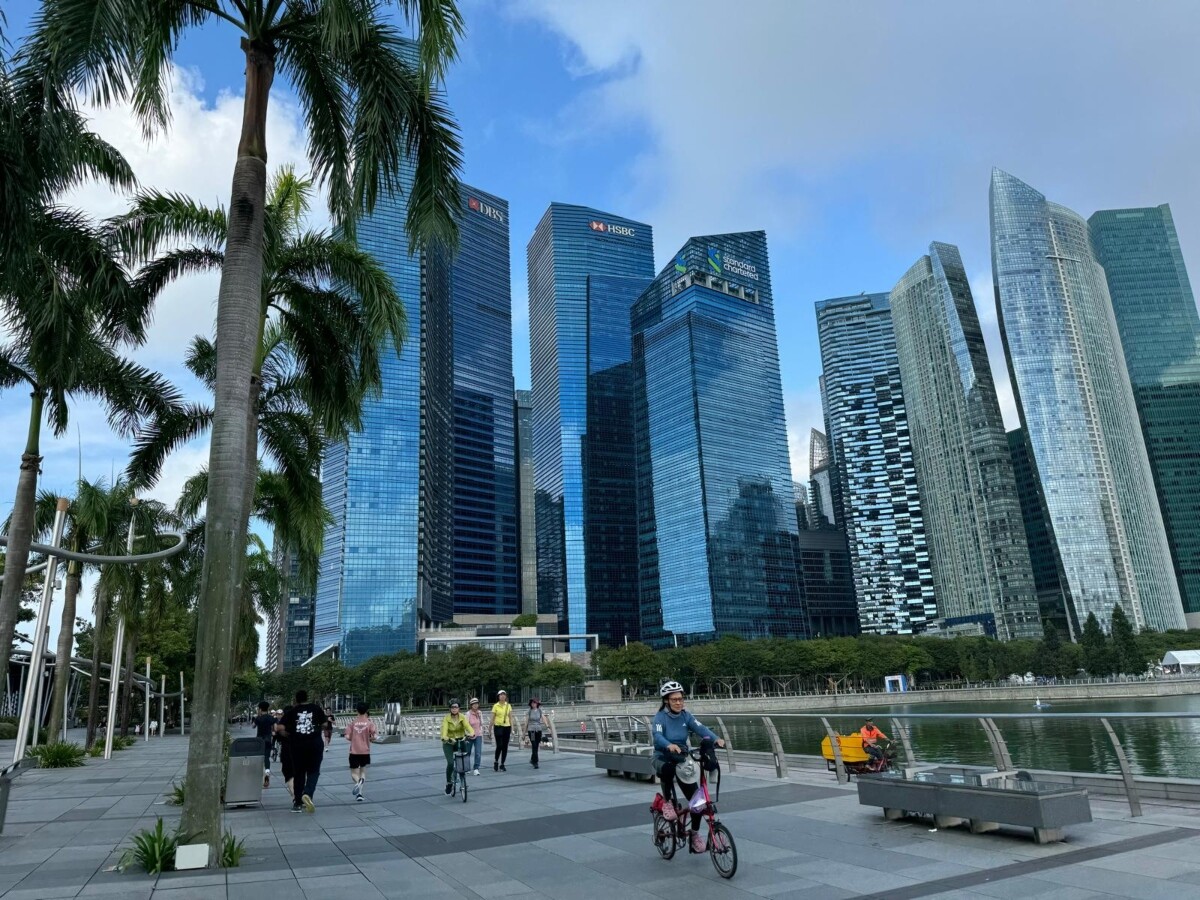
I hope these insights are helpful! What strategies have worked best for you? Feel free to share your own experiences and tips in the comments below!


